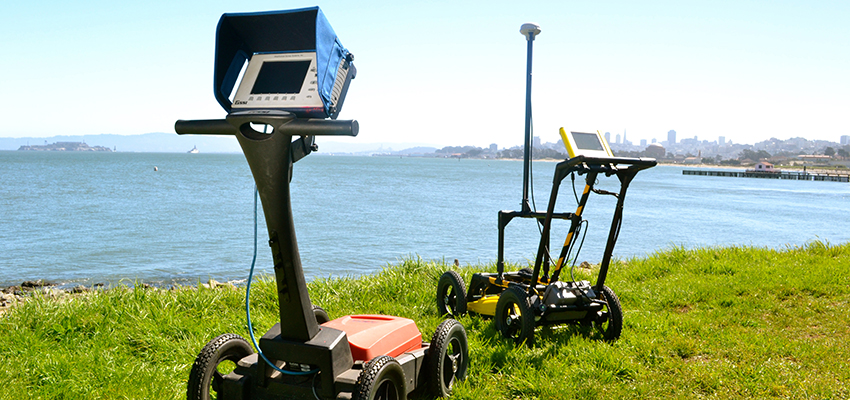In geotechnical investigations, understanding the composition and structure of the subsurface is critical for engineering projects, construction planning, and environmental assessments. Ground Penetrating Radar (GPR) has emerged as a transformative technology, offering invaluable insights into the hidden layers beneath the earth’s surface.
Advantages of GPR on Geotechnical Investigations
-
High-Resolution Imaging of Subsurface Structures
One of the primary advantages of GPR in geotechnical investigations is its ability to provide high-resolution images of subsurface structures. Traditional methods often rely on core sampling or boreholes, which offer limited spatial coverage and may miss critical details. Conversely, GPR captures detailed images of subsurface features, allowing geotechnical engineers to visualise layers, anomalies, and potential challenges with unparalleled clarity.
-
Accurate Mapping of Soil Stratigraphy
Accurate mapping of soil stratigraphy is essential for understanding the composition and layering of soils beneath the surface. This information is crucial for geotechnical engineers assessing the suitability of a site for construction, evaluating foundation conditions, and identifying potential challenges such as expansive soils or bedrock variations.
-
Identification of Underground Utilities and Infrastructure
Geotechnical investigations often overlap with the need to locate and map underground utilities and infrastructure. GPR allows professionals to identify and map the locations of pipes, cables, and other subsurface infrastructure. This aids in avoiding accidental utility damage during construction and streamlines the planning process by comprehensively understanding the site’s existing underground network.
-
Detection of Voids and Anomalies
Whether caused by soil erosion, underground cavities, or other factors, voids can pose significant risks. GPR’s capability to identify these anomalies enables geotechnical engineers to take proactive measures, mitigating potential hazards before they escalate.
-
Efficient Pavement and Roadway Assessment
By analysing the subsurface layers beneath road surfaces, GPR helps identify issues such as pavement thickness, subgrade conditions, and voids or moisture. This information is crucial for optimising road maintenance strategies, extending the lifespan of infrastructure, and enhancing overall transportation safety.
If you are looking for a trusted provider of geotechnical investigation services in Australia, then Durkin is for you. We have provided various contractors in the country with professional engineering and surveying services for the past two decades. If you have inquiries about our services, contact us today by visiting www.durkin.au/contact.

